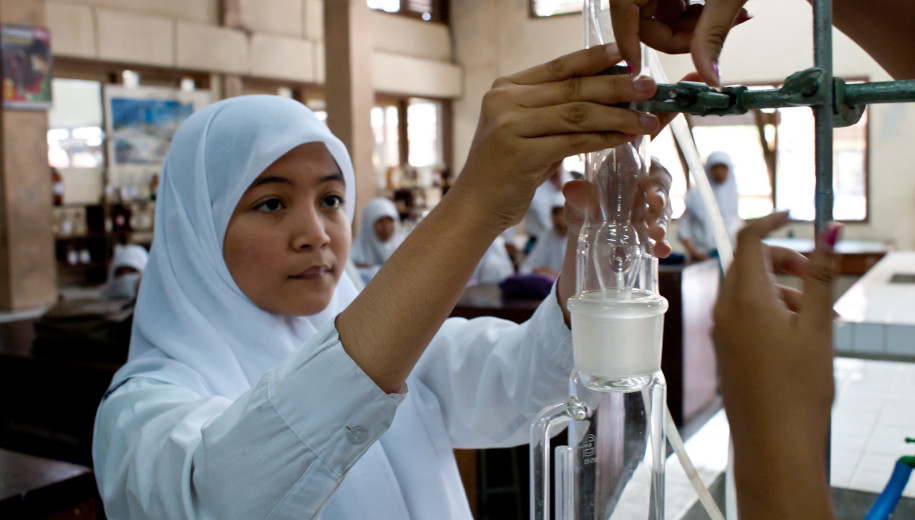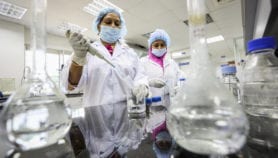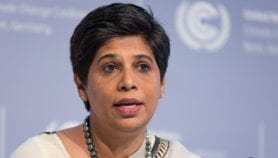12/02/21
Gender bias stymies women’s careers in STEM — UN

By: Neena Bhandari
Send to a friend
The details you provide on this page will not be used to send unsolicited email, and will not be sold to a 3rd party. See privacy policy.
[SYDNEY] While women play a critical role in science and technology, women career scientists still face gender bias, accounting for only 28 per cent of engineering graduates and 40 per cent of graduates in computer science and informatics, according to a UNESCO report.
On 11 February, the sixth UN International Day of Women and Girls in Science, UNESCO released a chapter on gender titled To be Smart, the Digital Revolution will Need to be Inclusive from its science report scheduled for publication in April.
The chapter highlighted that women are not benefitting fully from employment opportunities open to highly educated and skilled experts in cutting edge fields, such as artificial intelligence. Also, women founders of start-ups struggle to access finance, and in large tech companies they remain underrepresented in both leadership and technical positions.
Anjana Singh, former head of the Central Department of Microbiology at Tribhuvan University in Kathmandu, Nepal, who had to face several challenges at home and at work to reach the top post notes that women face distinct impediments during the three developmental stages when it comes to joining science, technology, engineering and math (STEM) courses.
“In childhood and adolescence, male stereotypes about STEM, parents’ expectations of daughters focussing on household works, peer norms, traditional culture and lack of fit with personal goals make girls shy away from STEM fields. In emerging adulthood, feeling unfit in STEM classes, outnumbered by male peers and lacking female role models make women avoid STEM majors or leave at mid-career level,” Singh tells SciDev.Net.
“Evidence-based programmes and policies can remove obstacles for girls and women in the fields of STEM. We need flexible workplaces and more female role models,”
Anjana Singh, Tribhuvan University
“In early to mid-adulthood, subtle gender bias in hiring and promotion, biased evaluation of scientific work, non-inclusive department environment, finding difficulty managing work/home responsibilities, and difficulty returning after a family-related pause undermine the retention of women in STEM,” she adds.
Globally, only 33.3 per cent of researchers are women despite representing 45 and 55 per cent of students at the Bachelor’s and Master’s levels of study and comprising 44 per cent of those enrolled in PhD programmes, according to the UNESCO Institute for Statistics. The ‘glass ceiling’ remains an obstacle to women’s careers in academia and the gender gap widens as women progress in their careers.
Singh, who is a member of the Nepal Academy of Science and Technology, which has less than 17.5 per cent female academicians, says perseverance without losing hope is the key to achieving success. “Evidence-based programmes and policies can remove obstacles for girls and women in the fields of STEM. We need flexible workplaces and more female role models,” Singh tells SciDev.Net.
Gender stereotypes and gender-based inequalities worldwide continue to steer many girls and women away from careers in science, technology and innovation. The chapter noted that female researchers tend to have shorter, less well-paid careers. Their work is underrepresented in high-profile journals and they are often passed over for promotion.
“Even today, in the 21st century, women and girls are being sidelined in science-related fields due to their gender. Women need to know that they have a place in science, technology, engineering and mathematics, and that they have a right to share in scientific progress,” UNESCO Director-General Audrey Azoulay said in a media release.
According to the Amsterdam-based BoldData, only 2.9 per cent of women hold CEO positions in the ICT industry, 2.7 per cent of manufacturing companies worldwide are led by women, and that number drops to 1.4 per cent in the construction industry, and to 0.005 per cent in the oil and gas industry.
“Woman CEO’s bring special focus on the value of the social aspects and cultural dimensions in science, technology and innovation. No country can afford to waste the talent of half of its population. It has been demonstrated that when women contribute to research and development, the solutions created are more diverse and more societally relevant,” Daan Wolff, CEO of BoldData, tells SciDev.Net.
This piece was produced by SciDev.Net’s Asia & Pacific desk.














